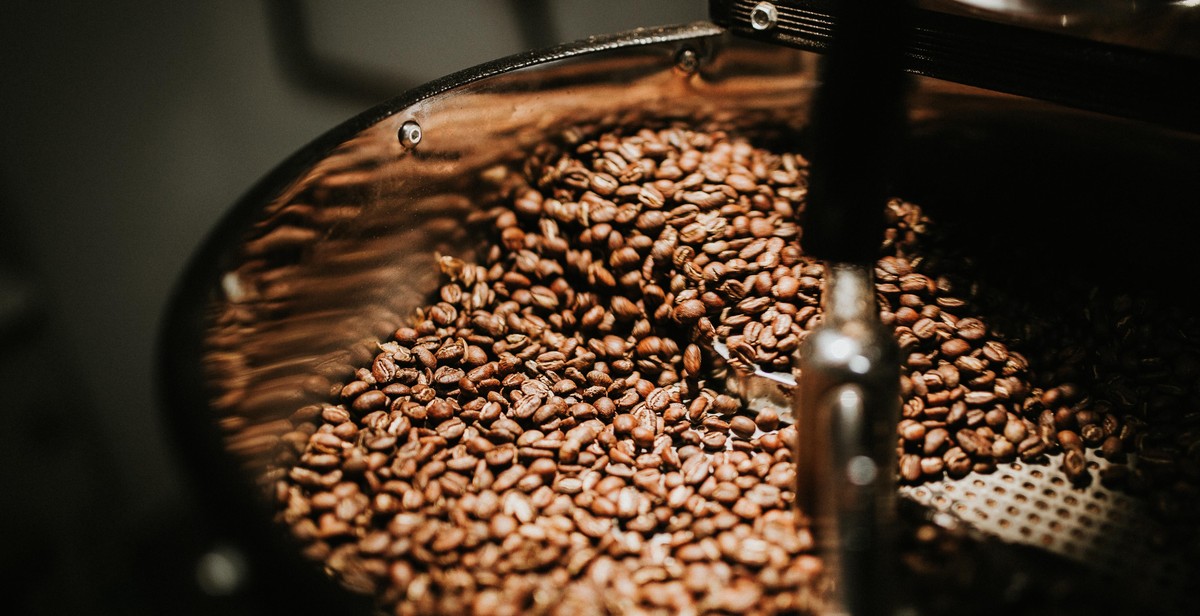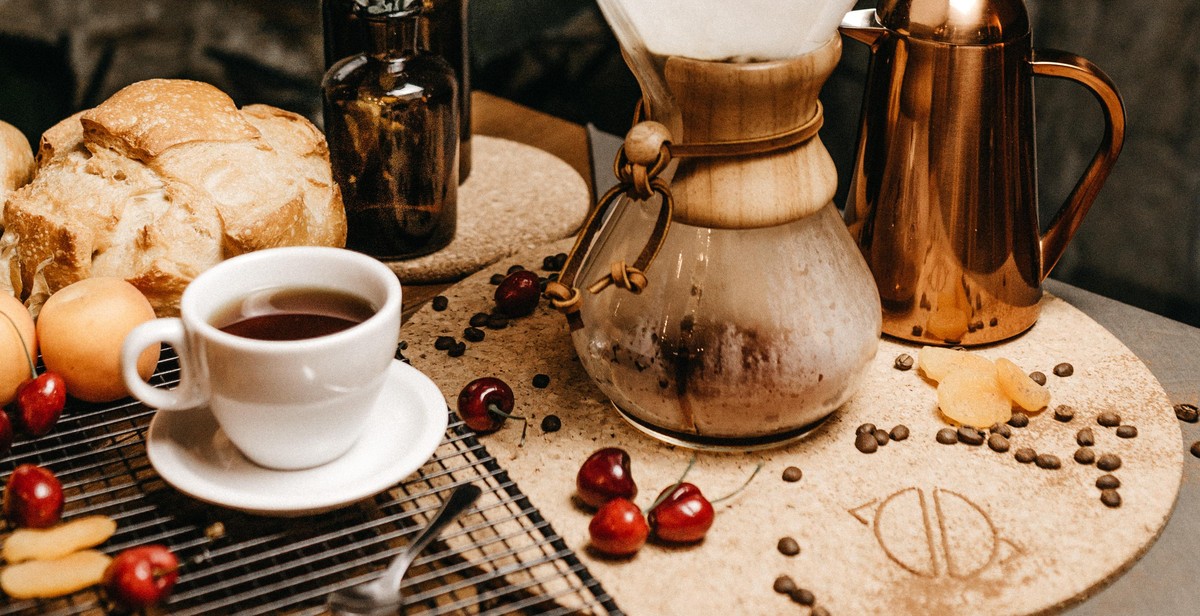Introduction: How to Brew the Perfect Cup of Italian Espresso
Italian espresso is a delicious and strong coffee that is enjoyed all around the world. It is made by forcing hot water through finely ground coffee beans, resulting in a concentrated and flavorful shot of coffee. The process of brewing a perfect cup of Italian espresso can be intimidating for beginners, but with a few simple steps, anyone can become an expert.
What is Italian Espresso?
Italian espresso is a type of coffee that originated in Italy in the early 20th century. It is made by forcing hot water through finely ground coffee beans at high pressure, resulting in a concentrated shot of coffee. The process creates a thick, creamy layer of foam on top of the coffee, known as crema.
Espresso is the base for many popular coffee drinks, such as cappuccinos, lattes, and Americanos. It is typically served in small, demitasse cups and is enjoyed as a quick pick-me-up or after-dinner drink.
The Importance of Quality Ingredients
The key to brewing a perfect cup of Italian espresso is to start with high-quality ingredients. Use freshly roasted coffee beans that have been ground just before brewing. The water used should be filtered and heated to the right temperature, which is around 200 degrees Fahrenheit. Using the right amount of coffee and water is also important, as it affects the strength and flavor of the final product.
By following these simple steps and using high-quality ingredients, anyone can brew the perfect cup of Italian espresso at home.

The Importance of Choosing the Right Beans
When it comes to brewing the perfect cup of Italian espresso, the type of coffee beans you choose is crucial. There are two main types of coffee beans: Arabica and Robusta. Arabica beans are considered to be of higher quality and are known for their delicate flavor and aroma. Robusta beans, on the other hand, have a stronger and more bitter taste.
Roasting Levels: The roasting level of the beans also plays a significant role in the taste and aroma of your espresso. There are three main levels of roasting: light, medium, and dark. Lightly roasted beans have a mild flavor and are best suited for milder espresso. Medium roasted beans have a more pronounced flavor and are perfect for a classic Italian espresso. Dark roasted beans have a bold and intense flavor, and are ideal for those who prefer a stronger espresso.
Grinding the Beans: The way you grind your coffee beans is also important. The grind size will affect the rate at which water passes through the coffee grounds, and therefore the strength and flavor of your espresso. For a classic Italian espresso, a fine grind is recommended. This will result in a strong and intense flavor. If you grind the beans too finely, however, it may result in a bitter taste. On the other hand, if the beans are not ground finely enough, the espresso may be weak and lacking in flavor.
| Bean Type | Flavor Profile |
|---|---|
| Arabica | Delicate and aromatic |
| Robusta | Bold and bitter |
- Choose Arabica beans for a delicate flavor and aroma
- Choose Robusta beans for a stronger and more bitter taste
- Choose a medium roast for a classic Italian espresso
- Grind the beans finely for a strong and intense flavor

Choosing the Right Espresso Machine
Choosing the right espresso machine can be a daunting task, especially if you are new to the world of espresso. With so many different types of machines available, it can be difficult to determine which one is right for you. Here are some factors to consider when choosing an espresso machine:
Types of Espresso Machines
There are several types of espresso machines available, each with its own unique features and benefits:
- Manual Espresso Machines: These machines require the user to manually control the amount of water that is forced through the coffee grounds. They are the most traditional type of espresso machine and are often preferred by baristas who want complete control over the brewing process.
- Semi-Automatic Espresso Machines: These machines use an electric pump to force water through the coffee grounds, but the user must still manually start and stop the brewing process.
- Automatic Espresso Machines: These machines use an electric pump to automatically control the amount of water that is forced through the coffee grounds. They are often the most convenient type of espresso machine for home use.
- Super-Automatic Espresso Machines: These machines do everything for you, from grinding the coffee beans to frothing the milk. They are the most expensive type of espresso machine, but also the easiest to use.
Features to Look for
When choosing an espresso machine, consider the following features:
- Pressure: Look for a machine that can generate at least 9 bars of pressure, which is necessary for proper espresso extraction.
- Boiler Type: Machines with a single boiler can only perform one function at a time (brewing or steaming), while machines with a double boiler can perform both functions simultaneously.
- Milk Frothing: If you want to make cappuccinos or lattes, look for a machine with a milk frothing wand or automatic milk frothing capability.
- Cup Warmer: Some machines have a built-in cup warmer, which can help keep your espresso at the right temperature.
Maintenance Tips
Proper maintenance is crucial for the longevity and performance of your espresso machine. Here are some tips to keep in mind:
- Clean the Portafilter: After each use, remove the portafilter and clean it thoroughly with hot water. This will help prevent coffee residue from building up and affecting the taste of your espresso.
- Descale Regularly: Over time, mineral deposits can build up inside your machine, affecting its performance. Descale your machine regularly to remove these deposits.
- Replace the Water Filter: If your machine has a water filter, be sure to replace it regularly to ensure that your espresso is free of impurities.
| Type of Espresso Machine | Features | Price Range |
|---|---|---|
| Manual | Complete control over brewing process | $100-$1,000+ |
| Semi-Automatic | Electric pump for water pressure | $200-$1,500+ |
| Automatic | Automatically controls water pressure | $500-$2,000+ |
| Super-Automatic | Grinds beans, froths milk, and brews espresso automatically | $1,000-$5,000+ |

Brewing Italian Espresso
Preparing the Espresso Machine
Before brewing Italian espresso, it is necessary to prepare the espresso machine. Start by filling the water reservoir with fresh, cold water. Turn on the machine and allow it to heat up to the appropriate temperature. This typically takes a few minutes.
Measuring the Coffee
For a single shot of espresso, measure out 7-8 grams of freshly ground coffee. For a double shot, measure out 14-16 grams. The coffee should be ground to a fine consistency, similar to table salt. Use a scale to ensure accurate measurements.
Tamping the Coffee
Once the coffee is measured out, it needs to be tamped down into the portafilter. Use a tamper to press down on the coffee with approximately 30 pounds of pressure. The coffee should be evenly distributed and compressed to ensure proper extraction.
Brewing the Espresso
With the espresso machine heated up and the coffee tamped down, it is time to brew the espresso. Place the portafilter into the machine and start the extraction process. The espresso should be brewed for approximately 25-30 seconds for a single shot and 45-50 seconds for a double shot. The espresso should have a rich, dark crema on top and a strong, bold flavor.
| Tip | Description |
|---|---|
| Use fresh coffee | Stale coffee will result in a weak, bitter espresso. |
| Preheat the cups | Place the cups on top of the espresso machine to preheat them. |
| Clean the machine regularly | A clean machine will produce better-tasting espresso. |
Following these steps and tips will result in a perfectly brewed cup of Italian espresso. Enjoy!

Creating Your Perfect Cup of Italian Espresso
Italian espresso is a strong and flavorful coffee that is enjoyed by coffee lovers all over the world. However, creating the perfect cup of Italian espresso requires some skill and knowledge. Here are some tips to help you create your perfect cup of Italian espresso:
Adding Milk or Cream
Adding milk or cream to your Italian espresso can be a matter of personal preference. However, it is important to note that traditional Italian espresso is served without milk or cream. If you do decide to add milk or cream, it is recommended to use whole milk or cream, as this will provide the best flavor and texture. Skim or low-fat milk can make the espresso taste watery and thin.
When adding milk or cream, it is important to heat it up before adding it to the espresso. This can be done by heating the milk or cream in a small pot on the stove or by using a milk frother. Once the milk or cream is heated, pour it into the espresso and stir gently.
Sweetening Your Espresso
Italian espresso is traditionally served without sweetener. However, if you prefer your coffee sweet, there are several options available. The most common sweeteners used in Italian espresso are sugar and honey.
To sweeten your espresso with sugar, simply add a small amount of sugar to the espresso and stir until it dissolves. If you prefer a sweeter taste, you can add more sugar. Honey can also be used as a sweetener, but it is important to note that honey can overpower the flavor of the espresso if too much is used.
Overall, adding milk or cream and sweetening your Italian espresso is a matter of personal preference. However, it is important to note that traditional Italian espresso is served without milk, cream, or sweetener. Experiment with different methods and find the perfect combination that suits your taste.

Conclusion
Brewing the perfect cup of Italian espresso is an art that requires patience, practice, and attention to detail. By following the steps outlined in this article, you can enjoy a delicious, aromatic, and authentic cup of espresso that will satisfy your taste buds and energize your day.
Remember the Key Points
- Use freshly roasted beans
- Grind your beans to the right consistency
- Use the right amount of coffee grounds for your shot
- Preheat your equipment
- Brew your espresso quickly and efficiently
- Enjoy your espresso immediately after brewing
Experiment with Your Espresso
Don’t be afraid to experiment with your espresso to find the perfect balance of flavor, aroma, and strength. Try different blends of coffee beans, adjust your grind size, and vary the amount of water you use to pull your shot. With practice and experimentation, you can refine your brewing technique and discover new and exciting flavors.
Final Thoughts
Brewing the perfect cup of Italian espresso is a labor of love that requires passion, dedication, and skill. But with the right tools, ingredients, and technique, anyone can enjoy a delicious and authentic cup of espresso that rivals the best coffee shops in Italy. So go ahead, take the plunge, and enjoy your perfect cup of Italian espresso.
